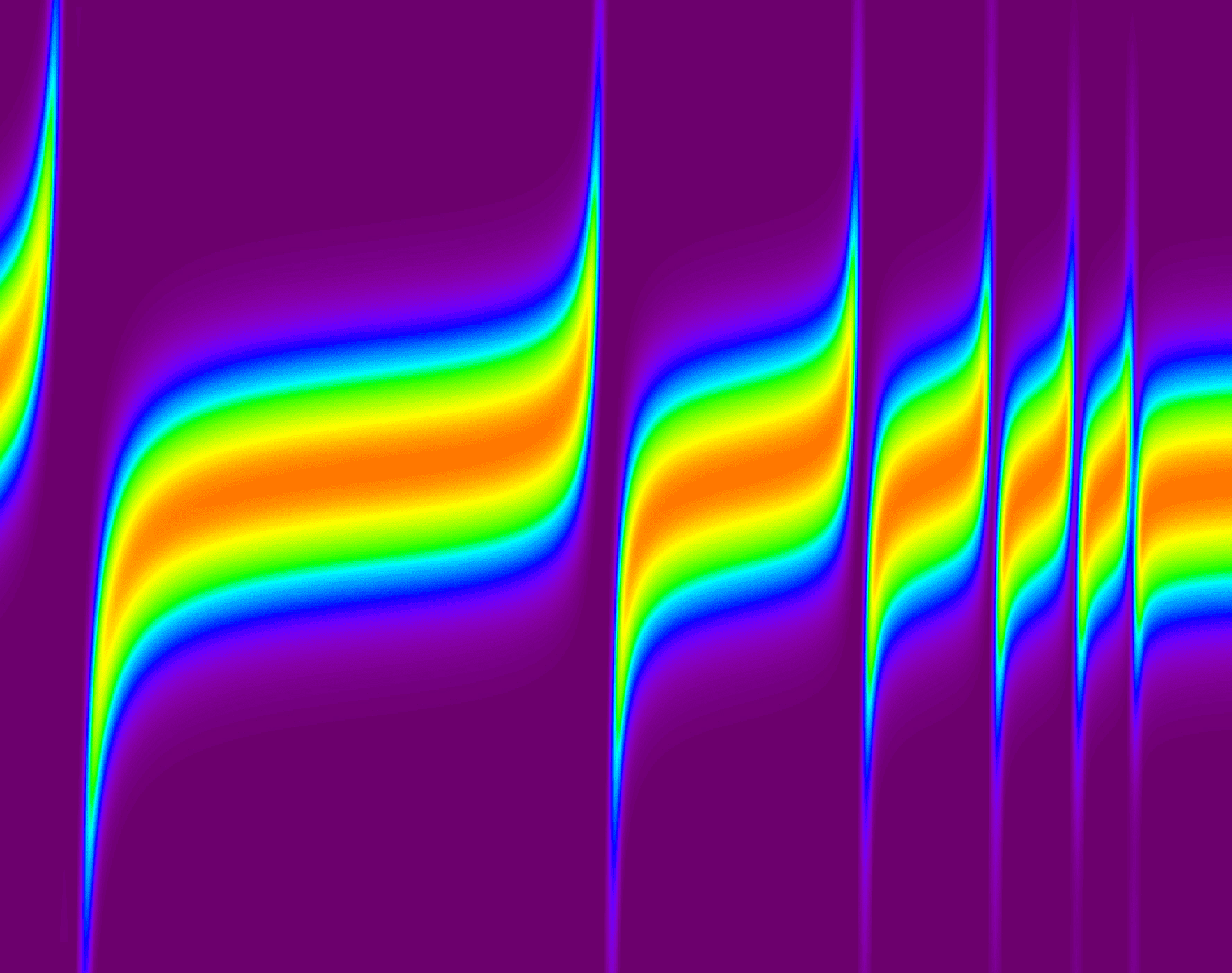
The smallest laser capable of delivering high-intensity pulses of extreme-ultraviolet (XUV) light has been claimed by researchers at ELI-ALPS in Hungary, INCDTIM in Romania, and the Max Born Institute in Germany. The new optical technique could make high-intensity XUV pulses far more accessible to labs worldwide, opening up new possibilities for high-speed nanoscale imaging.
Although intense pulses of lower-frequency UV light are routinely generated in many research facilities, comparable intensities at higher XUV frequencies had proven far more difficult to produce. Currently, the most compact sources use a technique called high harmonic generation (HHG), whereby a target material is placed at the focus of intense near-infrared (NIR) femtosecond laser pulses. This causes the target to strongly emit light at higher harmonic frequencies to the NIR light, which conveniently lie in the XUV range.
To generate suitably intense XUV pulses, the NIR pulses must be focussed onto large target areas using large spherical mirrors, requiring an apparatus that exceeded 10 m in size. So far, these bulky and expensive setups can only be implemented at a limited number of research facilities.
Highly pressurized gas jet
Now, Balázs Major and colleagues have developed a more advanced HHG technique. This has a highly pressurized gas jet acting as the HHG target, but crucially the target positioned some distance away from the focus of the NIR light. Since the NIR beam is spread out as it encounters the the gas, it interacts more and generates more XUV photons. As an added bonus, the resultant XUV pulses have a large divergence, which means that they can be focussed to a very small spot for nanoscale imaging.

Helium jet focuses extreme-ultraviolet light
The NIR light is removed from the beam using an aluminium filter and the XUV pulses are focussed onto a spot just 600 nm across using a small spherical mirror. The entire setup fits on a 2 m tabletop and the team was able to create XUV pulses with intensities as high as 2×1014 W/cm2. This already exceeds the performance of existing, far bulkier XUV sources. Simulations done by the team suggest that further improvements could boost this intensity by a factor of 1000.
To demonstrate their laser’s capabilities, the researchers used it to induce both two- and four-photon absorption in argon atoms. These nonlinear processes produce doubly and triply ionized states of argon respectively, with a likelihood that scales with the square of XUV intensity – making the team’s setup the most compact apparatus to date that can trigger the process reliably.
The researchers hope that the compactness and affordability of the laser could increase access to intense XUV pulses for universities, research facilities and industries worldwide. In particular, it could allow researchers to easily carry out femtosecond, or even attosecond imaging of systems ranging from electron dynamics to biomolecular reactions.
The research is described in Optica.
